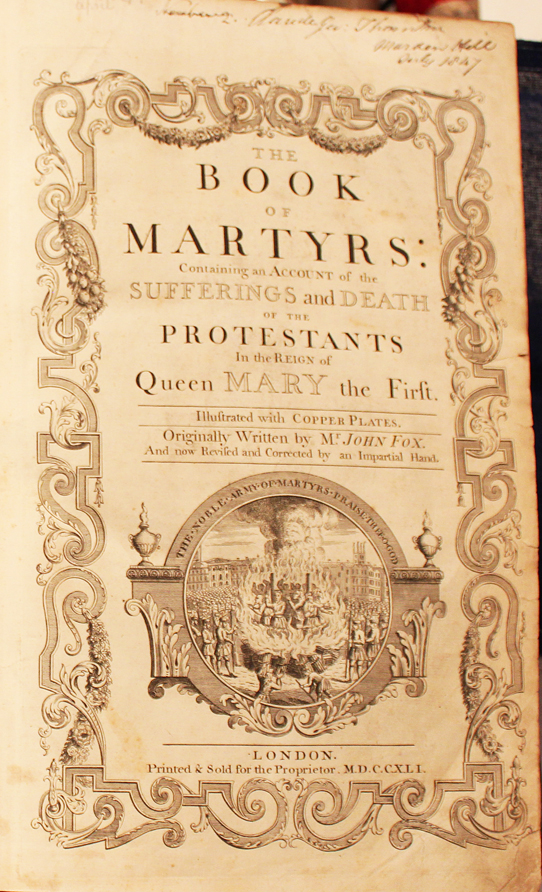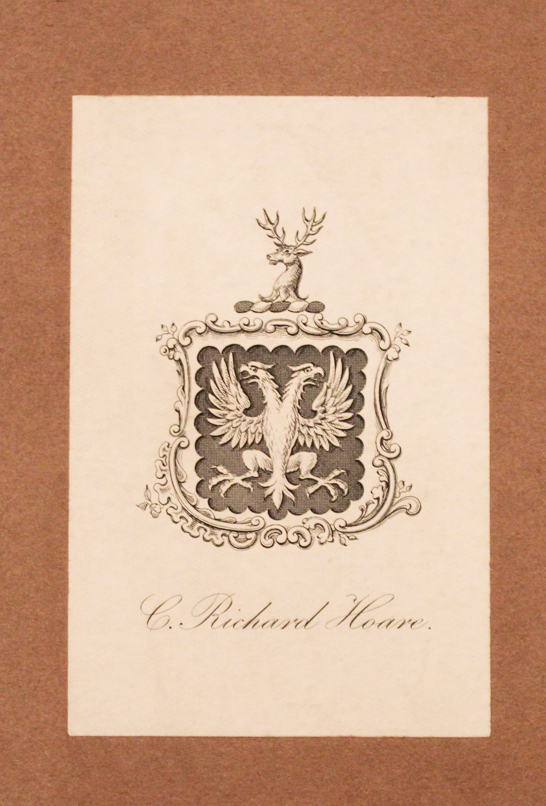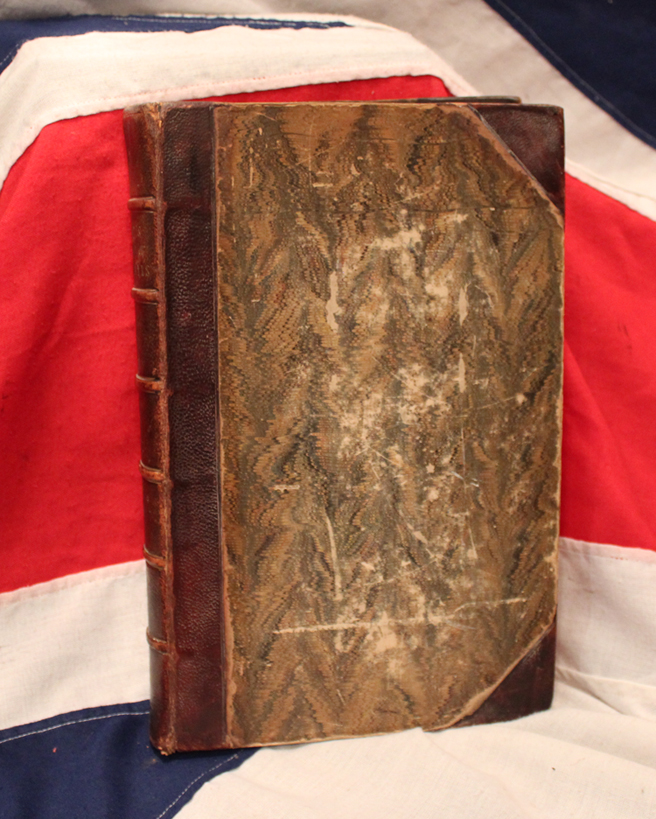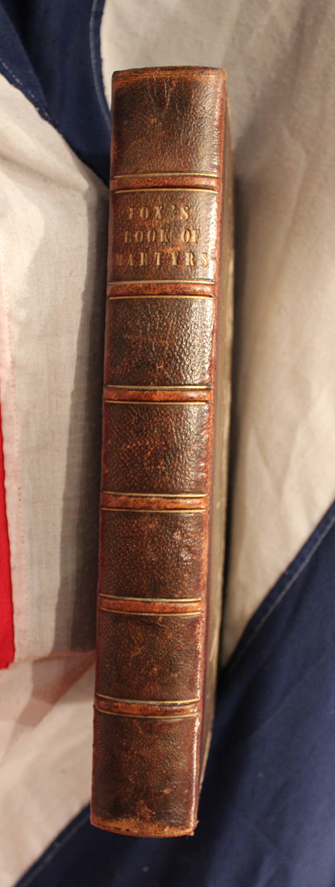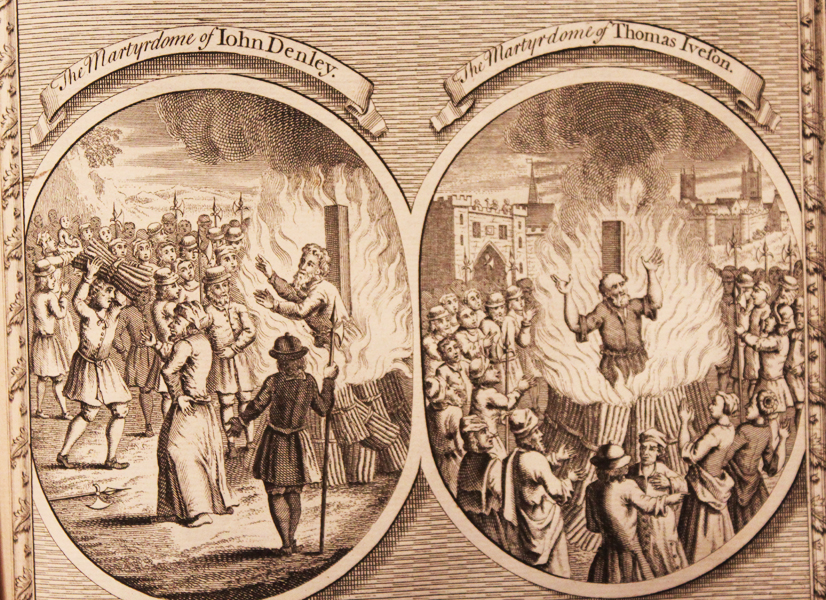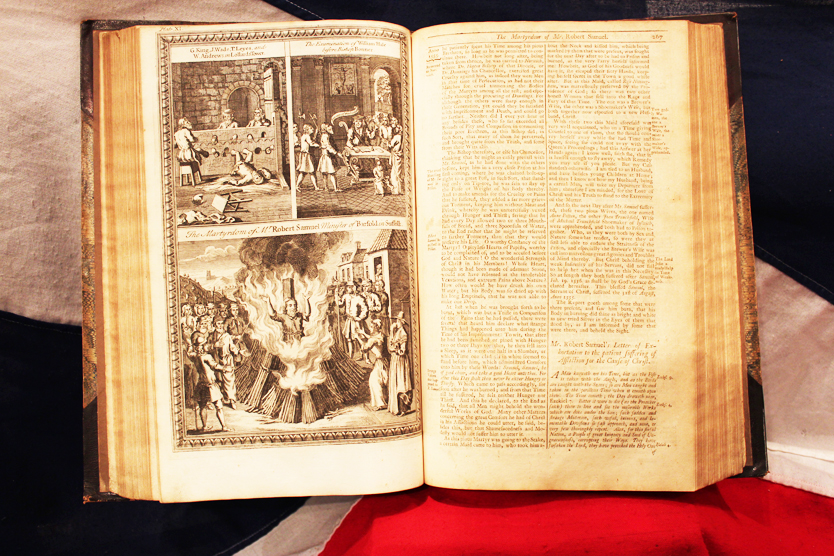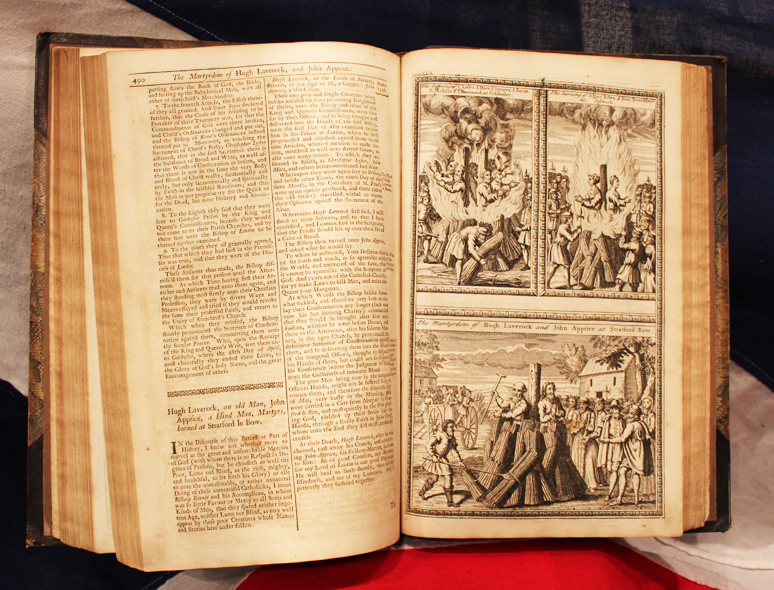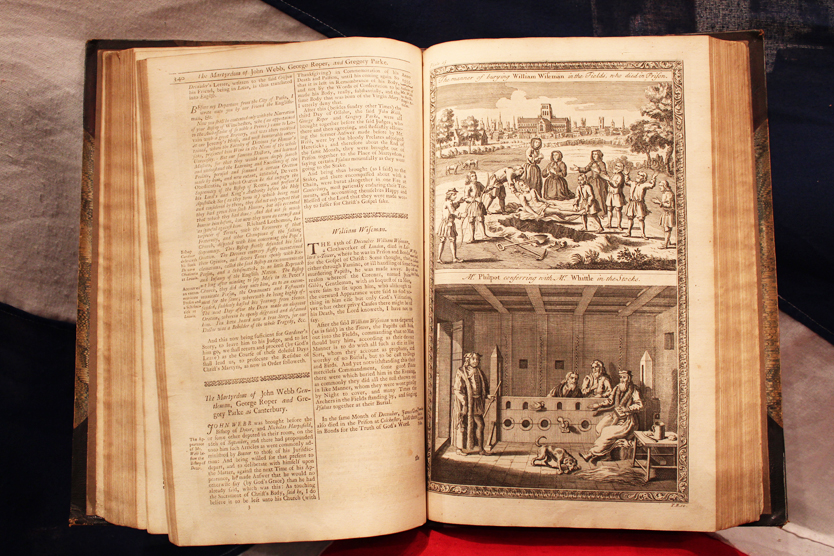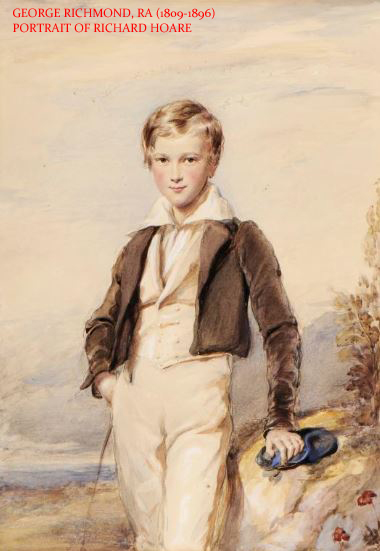A Large Volume of Foxe's Book of Martyrs 1570, by An Impartial Hand. Detailing the Burning at the Stake of the Protestant Martyrs Under Queen ‘Bloody’ Mary the 1st’s Rule, Published 1741, Formerly Part of the Richard Hoare Collection.
This would make a superb gift, or addition to a collection for a devoted antiquarian bibliophile.
Bearing original Richard Hoare’s Ex-Libris bookplate. One of the most foremost and important books of the 16th century, and a fabulous book for those that wish to have a most impressive rare book as a statement piece for an eclectic collection of unusual artefacts covering a broad spectrum. An absolute beauty. The Book of Martyrs: Containing an Account of the Sufferings and Death of the Protestants in the Reign of Queen Mary. ... Illustrated with Copper-plates. Originally Written by Mr. J. F., and Now Revised and Corrected by an Impartial Hand. One of the martyrs was Derek Carver, owner of a Brighton brewery barely 150 yards from our Brighton gallery. He was burnt at the stake in 1555, in our local Sussex market town of Lewes, while stood in a beer barrel, around 12 miles distant from us. A most fine example formerly from the library and private collection [with family crest and library plate] of Richard Hoare descendant of famous abolitionist and 'Sign of the Black Horse' founding banker, Samuel Hoare Jr. Richard, of Marden Hill Hertfordshire, was born in 1824, son of the banker Samuel Hoare (1783-1847) who was grandson of Quaker and abolitionist Samuel Hoare Jr. whose bank, Barnetts, Hoares, Hanbury & Lloyd, first used The Sign of the Black Horse as it's symbol, that was taken over and used by Lloyds Bank as it's logo in 1884. We show a portrait of young Richard Hoare painted by Royal Academician George Richmond
The book was originally produced in 1563 and illustrated with over sixty distinctive woodcut impressions and was to that time the largest publishing project ever undertaken in England. Their product was a single volume book, a bit over a foot long, two palms-span wide, too deep to lift with only one hand, and weighed about the same as a small infant. Foxe's own title for the first edition (as scripted and spelled), is Actes and Monuments of these Latter and Perillous Days, Touching Matters of the Church. Long titles being conventionally expected, so this title continues and claims that the book describes "persecutions and horrible troubles" that had been "wrought and practiced by the Roman Prelates, speciallye in this realm of England and Scotland". Foxe's temporal range was "from the yeare of our Lorde a thousand unto the tyme nowe present"
Following closely on the heels of the first edition (Foxe complained that the text was produced at "a breakneck speed"), the 1570 edition was in two volumes and had expanded considerably. The page count went from approximately 1,800 pages in 1563 to over 2,300 folio pages. The number of woodcuts increased from 60 to 150. As Foxe wrote about his own living (or executed) contemporaries, the illustrations could not be borrowed from existing texts, as was commonly practiced. The illustrations were newly cut to depict particular details, linking England's suffering back to "the primitive tyme" until, in volume I, "the reigne of King Henry VIII"; in volume two, from Henry's time to "Queen Elizabeth our gracious Lady now reygnyng..The title plate bears a hand penned note dating the entry in 1847 at Marden Hill. n the 1540s the Black Lion brewery was purchased by a Flemish man named Deryk Carver. A Protestant, Carver had fled religious persecution in his home country and had settled in England. At this time, England was a Protestant country following Henry VIII’s break with Rome and the establishment of the Church of England in the early 1530s. Unfortunately for Carver, this policy was reversed in 1553 when Queen Mary I succeeded to the throne. Mary restored Catholicism as the state religion, and revived a series of heresy laws that outlawed Protestant practices. In late 1554 a series of persecutions began, which have left Mary with the nickname of ‘Bloody Mary’.
Carver, who acted as lay preacher in his house in Brighton, was an early victim. He was arrested in October 1554, and tried in London the following year. When questioned by Bishop Bonner on his beliefs, Carver refused to recant his Protestant practices. Sealing his fate, Carver made a fierce attack on the Catholic faith:
‘..your doctrine is poison and sorcery. If Christ were here you would put Him to a worse death than He was put to before. You say that you can make a God: ye can make a pudding as well. Your ceremonies in the Church be beggary and poison.’ (Quoted in John Ackerson Erredge, History of Brighthelmstone 2005, p.120).
Carver was found guilty and burnt at the stake in Lewes on 22 July 1555. In order to mock his profession, he was placed in a barrel prior to his execution.
Carver is one of several Protestant martyrs whose death is marked by the bonfire celebrations in Lewes. But he has never been forgotten in Brighton. John Ackerson Erredge, the first historian of Brighton, dedicated an entire chapter of his History of Brighthelmstone to his execution. The Black Lion brewery was regarded as one of the oldest buildings in Brighton until it was demolished in about 1970. It was partially rebuilt in 1974 as a near-replica of the original building. David Hawkins [senior] attempted to buy the original former brewery, in order to save it for posterity, and donate it to the town, but his offer was sadly rejected, and an office block architecturally inspired by a shoebox, was built on its main site. In 1970 building regulations in Brighton were woefully inconsiderate to historically important buildings. Book dimensions; 9.75 inches x 15 inches x 2.25 inches 713 pages , plus index of the victims up to 'H'.
Code: 19180
1895.00 GBP


